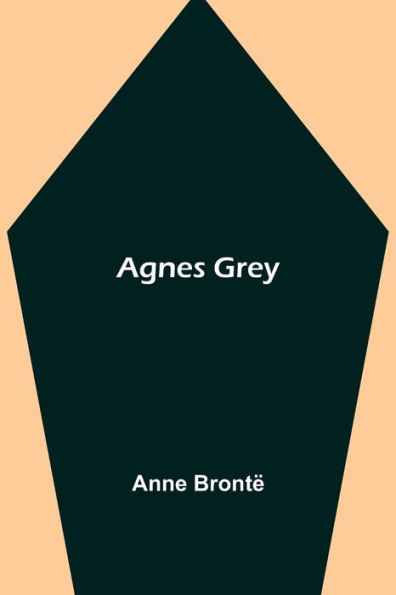Table of Contents
Acknowledgements
Introduction
Anne Brontë: A Brief Chronology
A Note on the Text
Agnes Grey
Appendix A: Other Writings by and about Anne Brontë
- 1. From Charlotte Brontë to Ellen Nussey (letter, 15 April 1839)
- 2. From Anne Brontë, Diary Paper (30 July 1841)
- 3. From Charlotte Brontë to Ellen Nussey (letter, 7 August 1841)
- 4. From Anne Brontë, Diary Paper (31 July 1845)
- 5. Anne Brontë, “The Bluebell” (22 August 1840)
- 6. Acton Bell [Anne Brontë], “Appeal” (28 August 1840)
- 7. Anne Brontë, “Lines Written at [Thorp] Green” (19 August 1841)
- 8. Acton Bell [Anne Brontë], “Lines Composed in a Wood on a Windy Day” (30 December 1842)
- 9. From Ellen Nussey, “Reminiscences of Charlotte Brontë” (1871)
- 10. From Currer Bell [Charlotte Brontë], “Biographical Notice of Ellis and Acton Bell” (1850)
Appendix B: Contemporary and Early Reviews and Responses
- 1. From Spectator (18 December 1847)
- 2. From Henry F. Chorley, Athenaeum (25 December 1847)
- 3. From Douglas Jerrold’s Weekly Newspaper (15 January 1848)
- 4. From New Monthly Magazine (January 1848)
- 5. From Atlas (22 January 1848)
- 6. From Portland [Maine] Transcript (5 January 1850)
- 7. From Graham’s Magazine [Philadelphia] (1 February 1850)
- 8. From W.C. Roscoe, “Miss Brontë,” National Review (July 1857)
- 9. From Mary Augusta Ward, “Introduction,” The Tenant of Wildfell Hall (1900)
- 10. From George Moore, Conversations in Ebury Street (1910)
Appendix C: The Governess in Society
- 1. Maria Smith Abdy, “A Governess Wanted,” Metropolitan Magazine (May 1836)
- 2. From George Stephen, The Guide to Service: The Governess (1844)
- 3. From “Hints on the Modern Governess System,” Fraser’s Magazine (November 1844)
Appendix D: Humane Treatment of Animals
- 1. From Isaac Watts, A Discourse on the Education of Children and Youth (1725)
- 2. From Thomas Erskine, Speech … On … Preventing … Cruelty to Animals (1809)
- 3. From “Society for the Prevention of Cruelty to Animals,” Times (17 June 1824)
- 4. From Sarah Burdett, The Rights of Animals (1839)
- 5. From Charlotte Elizabeth [Tonna], Kindness to Animals (c. 1845)
- 6. C.S., “The Lost Nestlings,” A Mother’s Lessons in Kindness to Animals (c. 1862)
Works Cited and Select Bibliography


